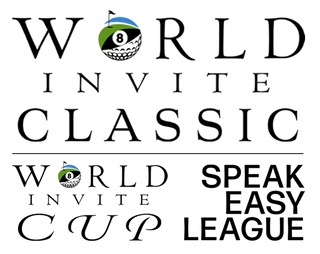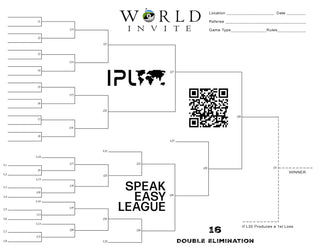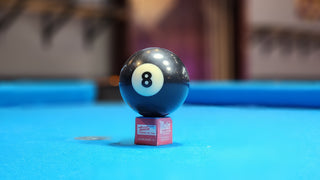Racecars chase milliseconds, astronauts chase escape velocity—but in Billiards or Pool there’s no stopwatch or altimeter to gauge greatness. Like competitive Chess or Golf, Pool skill is judged by how well players perform against others. Not in isolation—always in relation.
To solve this, the International Players League (IPL) has created a global ranking algorithm. It looks purely at results. Every match feeds into a central formula:
P(A beats B) = 1 / (1 + 10^((R_B - R_A) / 100))
Where:
- P(A beats B): Probability that Player A wins
- R_A: Rating of Player A
- R_B: Rating of Player B
- 100: Scale factor (defines sensitivity of rating difference)
This equation predicts how likely Player A is to win based on the gap between their rating and Player B’s.
Top-tier international pros often have ratings above 850. Newcomers at a family barbecue might hover around 100. Regular club players? They usually fall somewhere in the 250–700 range. The system is open-ended. There’s no highest or lowest rating—only probability.
For instance, if two evenly matched players (both rated 500) square off, the formula gives them each a 50% chance to win. They’ll split matches evenly over time.
But if Player A has a rating of 500 and Player B is at 600, then Player B is expected to win:
P(B)=11+10(500−600)/100=11+10−1≈0.909P(B) = \frac{1}{1 + 10^{(500 - 600)/100}} = \frac{1}{1 + 10^{-1}} ≈ 0.909P(B)=1+10(500−600)/1001=1+10−11≈0.909
So Player B would win about 9 out of 10 games.
If someone rated 450 plays someone rated 550? Then the expected win ratio is:
11+10(550−450)/100≈11+101=111\frac{1}{1 + 10^{(550 - 450)/100}} ≈ \frac{1}{1 + 10^1} = \frac{1}{11}1+10(550−450)/1001≈1+1011=111
A win ratio of roughly 1:10.
Even smaller differences affect outcomes: a 30-point gap (say, 470 vs 500) predicts a 4:5 win ratio. A 50-point gap moves that to 5:7.
New players enter the system by playing anyone with a known rating. If someone wins 3 out of 4 games against a rated 300 opponent, the formula places them at approximately 400—indicating a 100-point skill gap.
Entire pool leagues, chess clubs, or curling team, even in remote areas, can plug into the global system via just a few members who play against ranked outsiders. This creates a network of interconnected skill levels across the world.
New results pour in daily. And every day, the system recalculates—re-optimizing everyone's rating based on the formula above.
The beauty of it? It’s just as accurate for tracking weekend garage warriors as it is for seeding international champions. And it gives every community a mirror—showing exactly where they stand on the global ladder.
Win Probability Formula for Rating System
=========================================
Main Formula:
-------------
P(A beats B) = 1 / (1 + 10^((R_B - R_A) / 100))
Where:
- P(A beats B): Probability that Player A wins
- R_A: Rating of Player A
- R_B: Rating of Player B
- 100: Scale factor (defines sensitivity of rating difference)
Examples:
---------
1. Equal Ratings
If R_A = 500 and R_B = 500:
P = 1 / (1 + 10^((500 - 500) / 100)) = 1 / (1 + 10^0)
= 1 / (1 + 1) = 1 / 2 = 0.5
2. 100-Point Gap
If R_A = 400 and R_B = 500:
P = 1 / (1 + 10^((500 - 400) / 100)) = 1 / (1 + 10^1)
= 1 / (1 + 10) = 1 / 11 ≈ 0.0909
3. 200-Point Gap
If R_A = 300 and R_B = 500:
P = 1 / (1 + 10^((500 - 300) / 100)) = 1 / (1 + 10^2)
= 1 / (1 + 100) = 1 / 101 ≈ 0.0099
4. 50-Point Gap
If R_A = 450 and R_B = 500:
P = 1 / (1 + 10^((500 - 450) / 100)) = 1 / (1 + 10^0.5)
≈ 1 / (1 + 3.1623) ≈ 1 / 4.1623 ≈ 0.240
5. Small Gap (e.g., 34 points)
If R_A = 530 and R_B = 564:
P = 1 / (1 + 10^((564 - 530) / 100)) = 1 / (1 + 10^0.34)
≈ 1 / (1 + 2.188) ≈ 1 / 3.188 ≈ 0.3137











